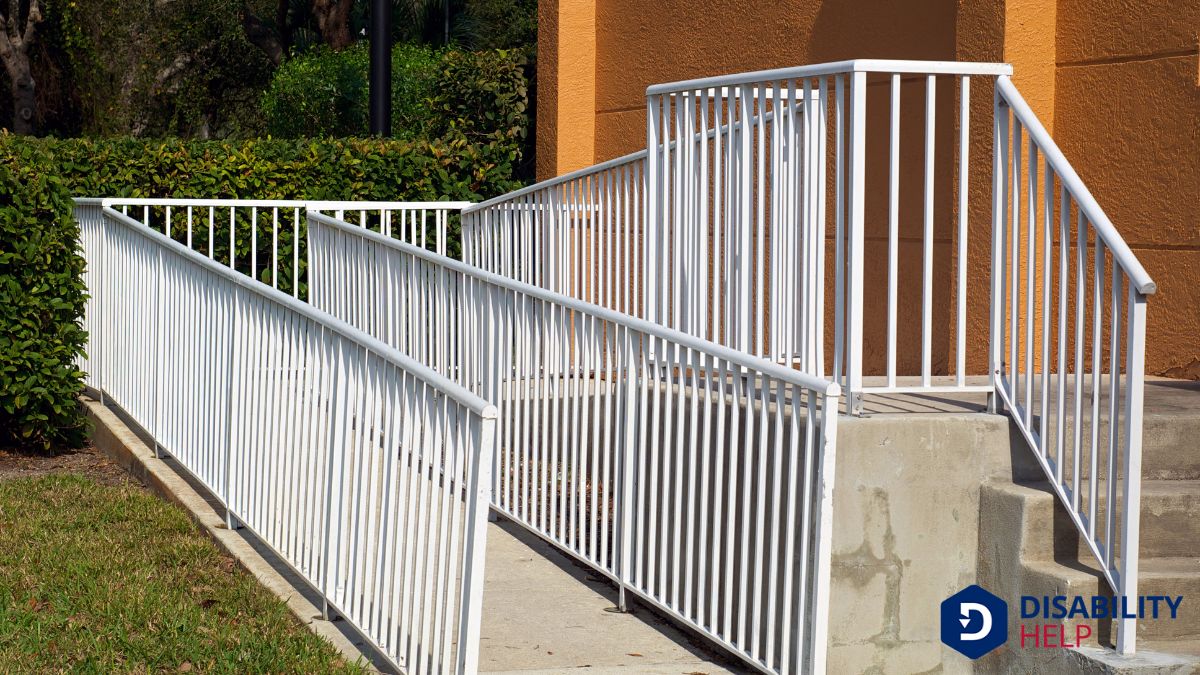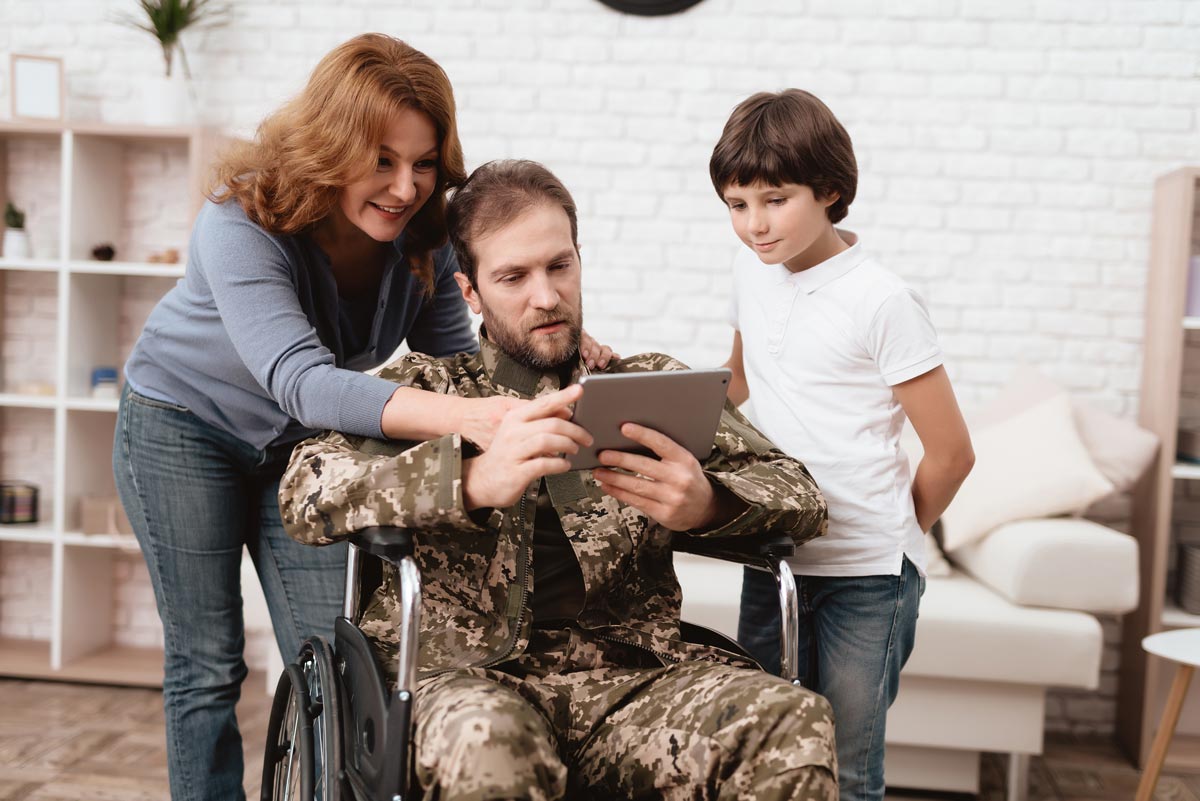When we think about accessibilityThe design of products, devices, services, or environments to be usable by people with disabilities...., handicap ramps are often the first solution that comes to mind. However, they aren't the only option available. There are several innovative alternatives like vertical platform lifts, inclined platform lifts, and wheelchair-accessible elevators that can enhance accessibility in various environments. Each option offers its own set of benefits, ensuring safety and independence for users. Curious about how these alternatives could transform accessibility? Let's explore them further.
Key Takeaways
- Vertical platform lifts offer smooth vertical movement with minimal space requirements and easy installation.
- Inclined platform lifts can be installed along staircases, reducing structural changes and maintaining space.
- Wheelchair-accessible elevators enhance multi-floor accessibility with larger doors and ample space for mobility devices.
- Stairlifts provide a safe and versatile solution for navigating stairs in multi-level buildings.
- Portable accessibility solutions include folding ramps and portable lifts for temporary or flexible access needs.
Vertical Platform Lifts

While ramps are a common choice for accessibility, let's explore vertical platform lifts as a compelling alternative.
These lifts offer a practical solution where space is limited. We appreciate that not every location can accommodate a ramp's length and slope requirements. Vertical platform lifts provide a compact option, allowing smooth, vertical movement between different levels, ideal for both indoor and outdoor use.
We understand the importance of ease and independence. These lifts can be operated with simple controls, ensuring users feel confident and secure.
Installation doesn’t demand extensive modifications, making them a flexible choice for various settings. By considering vertical platform lifts, we prioritize efficiency and accessibility, ensuring that everyone can navigate spaces with ease and dignity.
Stairlifts for Accessibility
Stairlifts offer a versatile solution for enhancing accessibility in multi-level buildings. They’re especially beneficial in homes or smaller spaces where installing a full ramp is impractical.
By attaching directly to the stairs, stairlifts provide a smooth and safe ride up and down different levels. We can appreciate the flexibility they offer, as stairlifts can be customized to fit various stairway shapes and sizes, including curved or narrow ones.
Operating a stairliftA motorized chair that travels along a rail attached to a staircase, enabling individuals with mobil... is straightforward, with intuitive controls that make it easy for users to manage independently.
Let’s not overlook the peace of mind they bring, equipped with safety features like seatbelts and sensors to detect obstacles.
When considering alternatives to ramps, stairlifts present a reliable and user-friendly option for many.
Wheelchair-Accessible Elevators
When it comes to enhancing accessibility, wheelchair-accessible elevators are an excellent solution for buildings with multiple floors. They provide a comfortable, efficient way for individuals using wheelchairs to move between levels.
These elevators are designed with larger doors and ample space, guaranteeing easy entry and exit. We can see how they help accommodate various mobility devices, making them versatile for different needs.
The installation of these elevators can be more straightforward than extensive ramp systems, especially in buildings with limited space. By prioritizing safety features like non-slip flooring and user-friendly controls, they provide a secure experience for everyone.
Let’s not forget the importance of routine maintenance to keep them reliable. Overall, wheelchair-accessible elevators enhance freedom and inclusivity in our shared spaces.
Inclined Platform Lifts
Let's explore inclined platform lifts and how they fit as an alternative to ramps.
We'll consider their design and space requirements, which can be less demanding than traditional ramps.
It's also important to weigh their safety and accessibility features alongside the cost and maintenance involved.
Design and Space Requirements
Although ramps are a popular choice for accessibility, inclined platform lifts offer a viable alternative, especially in spaces with limited room.
We need to take into account the design and space requirements to guarantee these lifts are the right fit for our needs.
Let’s explore the key aspects:
- Compact Design: Inclined platform lifts take up less space than ramps, making them ideal for tight areas.
- Installation Flexibility: They can be installed along existing staircases, reducing the need for additional structural changes.
- Minimal Footprint: These lifts require a smaller footprint, allowing us to maintain more usable space.
- Weight Capacity: They’re designed to support a variety of weight limits, accommodating different users and devices.
With these factors in mind, inclined platform lifts can be a practical solution for accessibility.
Safety and Accessibility Features
To guarantee the safe and accessible use of inclined platform lifts, we must consider their essential safety features and accessibility options.
First, let's verify that these lifts have secure handrails and non-slip surfaces, providing stability and grip for users. Emergency stop buttons are vital, allowing users to halt the lift's movement instantly if needed. Safety sensors help detect obstacles, preventing accidents by stopping the lift when obstructions are present.
For accessibility, adjustable platform sizes accommodate various mobility devices, from wheelchairs to scooters. Easy-to-use controls, often with large buttons or joystick options, enhance user independence.
Audio and visual signals can assist individuals with sensory impairments, making sure everyone can use the lift confidently. By focusing on these features, we can create a safer, more inclusive environment.
Cost and Maintenance Considerations
When considering the cost and maintenance of inclined platform lifts, it’s vital to weigh initial investments against long-term benefits.
These lifts can offer great accessibility, but let's break down the financial and upkeep aspects to understand their practicality.
- Installation Costs: This involves not just the lift itself, but also structural modifications. We should plan for this upfront.
- Maintenance Requirements: Regular servicing is essential to guarantee safety and functionality. We shouldn't ignore this ongoing need.
- Energy Consumption: These lifts require electricity, which adds to utility expenses. It’s a factor we must include in our budget.
- Lifespan and Durability: A well-maintained lift can last many years, offering returns over time. Let's consider this for long-term decisions.
Adaptive Staircases
Let's explore adaptive staircases by looking at how staircase lifts function and the design considerations for safety.
These lifts provide a practical solution for traversing stairs, but we must guarantee they're safe and user-friendly.
Staircase Lifts Functionality
Although traditional ramps are commonly used for accessibility, staircase lifts offer a versatile solution that caters to a wider range of needs.
These adaptive staircases provide us with a functional, efficient way to support individuals who may find ramps challenging. Staircase lifts aren't only practical but also user-friendly, allowing more independence for those who require assistance.
Let’s explore their key functionalities:
- Ease of Use: With simple controls, users can operate lifts smoothly and independently.
- Space Efficiency: They fit snugly into existing staircases, avoiding major structural changes.
- Customizable Options: Various models cater to different staircase designs, ensuring compatibility.
- Weight Capacity: They accommodate a wide range of weights, providing security for diverse users.
Design Considerations for Safety
Guaranteeing safety in the design of adaptive staircases is vital for protecting users and enhancing their mobility experience. We must consider factors like slip-resistant surfaces and proper handrail placements. A stable, non-slip surface guarantees users don’t lose their footing, especially in wet conditions. Handrails should be at a comfortable height, providing steady support throughout their journey.
Lighting is another significant aspect. Adequate lighting helps users clearly see each step, reducing the risk of missteps.
We should also think about the depth and height of each step, guaranteeing they're consistent and easy to navigate.
We must integrate these safety considerations into our designs, making adaptive staircases not only functional but also secure, allowing everyone to move with confidence.
Automated Door Systems
When considering accessibility solutions, automated door systems offer a seamless experience for those with mobility challenges.
These systems guarantee ease of access and independence. Let’s explore why they’re a great alternative:
- Convenience: With sensors or push-button controls, doors open without manual effort, making entry and exit smooth.
- Safety: Automated doors reduce the risk of accidents by eliminating the need to push or pull heavy doors.
- Energy Efficiency: Many systems are designed to minimize energy loss, closing swiftly after use.
- Customization: Options like sliding, swinging, or folding doors cater to different building designs and user needs.
Portable Accessibility Solutions
While permanent solutions are essential for long-term accessibility, portable accessibility solutions offer flexibility and convenience for temporary needs or locations with space constraints.
We can consider folding ramps and threshold ramps as practical examples. These lightweight options are easy to transport and set up, making them ideal for events or temporary installations. They can quickly bridge small steps or uneven surfaces, offering immediate access without permanent modifications.
Portable lifts are another effective solution. They're designed to move people or wheelchairs between different levels effortlessly. With battery-powered options, we’re not restricted by proximity to power outlets, enhancing their usability.
Let’s remember, though, that choosing the right portable solution depends on the specific environment and user needs. It's about finding a balance between mobility and accessibility.
Smart Home Accessibility Technology

As technology advances, smart home accessibility solutions are transforming how we create inclusive living spaces. By integrating innovative devices, we can enhance independence for those with mobility challenges.
Let’s explore a few key technologies making a difference:
- Voice-Activated Controls: These allow users to manage lighting, temperature, and security systems using just their voice.
- Automated Door Systems: These systems provide hands-free entry, making it easier for those using mobility aidsDevices designed to help individuals move around more easily, such as canes, walkers, or wheelchairs....
- Smart Lighting: Adaptive lighting systems adjust brightness based on time of day or user preference, enhancing ease of movement.
- Remote Monitoring: Caregivers can check in on loved ones with secure video feeds and alerts, ensuring safety without intrusion.
Embracing these technologies helps us create homes that aren't only accessible but also supportive and empowering.
Conclusion
In exploring alternatives to traditional handicap ramps, we've seen how vertical and inclined platform lifts, wheelchair-accessible elevators, and adaptive staircases can transform spaces for enhanced accessibility. Automated door systems and portable solutions offer additional flexibility, while smart home technology keeps us at the forefront of innovation. Together, these options guarantee user safety and independence, making our environments more inclusive and accessible for everyone. Let’s embrace these advancements to create a world without barriers.






